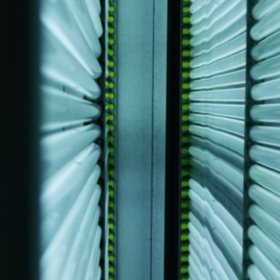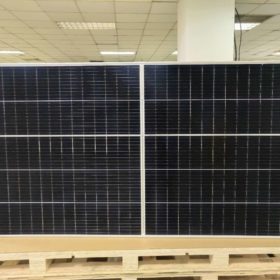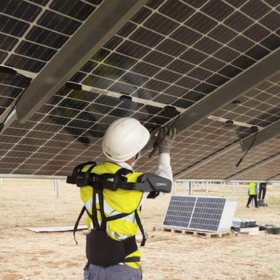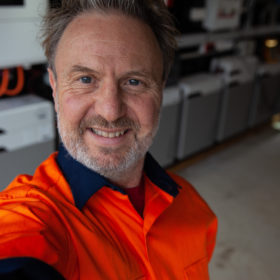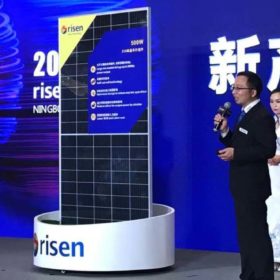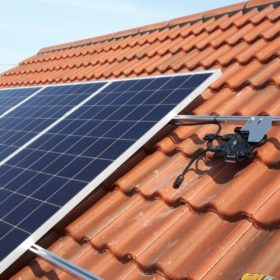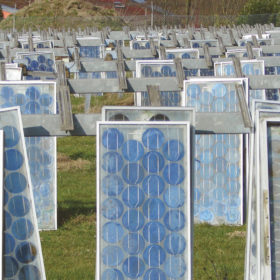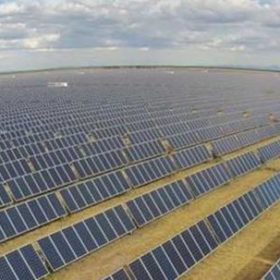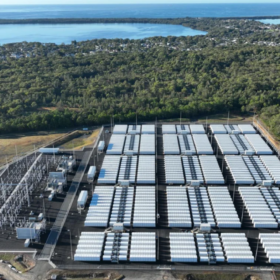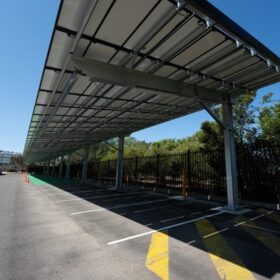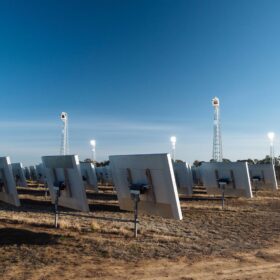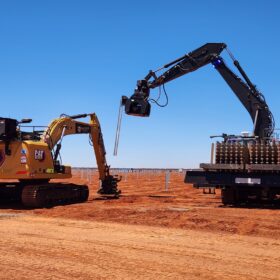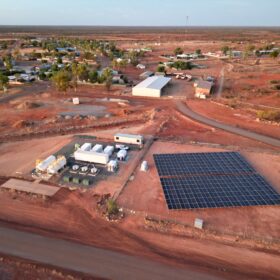Light and shade of 500 W plus solar panels – part III
In the third article in a series, pv magazine editor Pilar Sánchez Molina and industry experts continue their discussion on the challenges and opportunities created by new panels with power output exceeding 500 W.
Forget 7-star luxury, Adelaide is now home to a 10-star sustainable home
South Australia’s first ten-star home was completed last month, a home that consumes twenty times less energy than the average Australian household, in part thanks to its Fimer React 2 solar hybrid system.
Light and shade of 500 W plus solar panels – part II
In the second article in a series, pv magazine editor Pilar Sánchez Molina and industry experts keep discussing the challenges and opportunities created by new panels with power output exceeding 500 W.
Exoskeletons for solar panel mounting
Endesa, the Spanish unit of Italian power group Enel, is using a new technology in the construction of three solar parks in southern Spain.
‘High brand recognition’ meets modern features in new GE inverter
A new solar inverter is set to arrive on Aussie shores, in the form of the 5 kWp GE rooftop unit. Having received one of the first systems to roll off production lines, SolarQuip’s Glen Morris describes the unit as combining all the features of a modern solar inverter, with “high brand recognition.”
Light and shade of 500 W plus solar modules – part I
In the first article of a series, pv magazine editor Pilar Sánchez Molina analyzes with industry experts challenges and opportunities created by new panels with power output exceeding 500 W.
Polysilicon price spike puts pressure on solar developers in Australia
In light of the recent events that have caused the polysilicon price to skyrocket, solar developers in Australia are being warned about module supply constraints and price volatility over the coming quarter.
Enphase inverters added to Ikea’s turnkey solar offer in Australia
The California-based energy technology company has announced that its microinverters have been selected for Solargain’s turnkey solar offerings in Australia, including the retailer’s offer in collaboration with the Swedish furniture giant.
Recycling PV panels: Why can’t we hit 100%?
In February, non-profit EU solar panel recycling body PV Cycle announced it had collected 5,000 tons of modules in France, of which 94.7% could be recycled. A reader asked us about the remaining 5.3% and here, PV Cycle’s communications manager, Bertrand Lempkowicz, responds.
NSW Government recycling trials to seed a circular solar economy
Where do old solar panels go to die? Sending them to landfill makes a mockery of their green beginnings, and imposes a new burden on our already stressed environment. The New South Wales Government intends to get ahead of this important end game with funding to develop viable models for solar system recycling.
